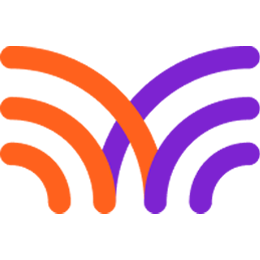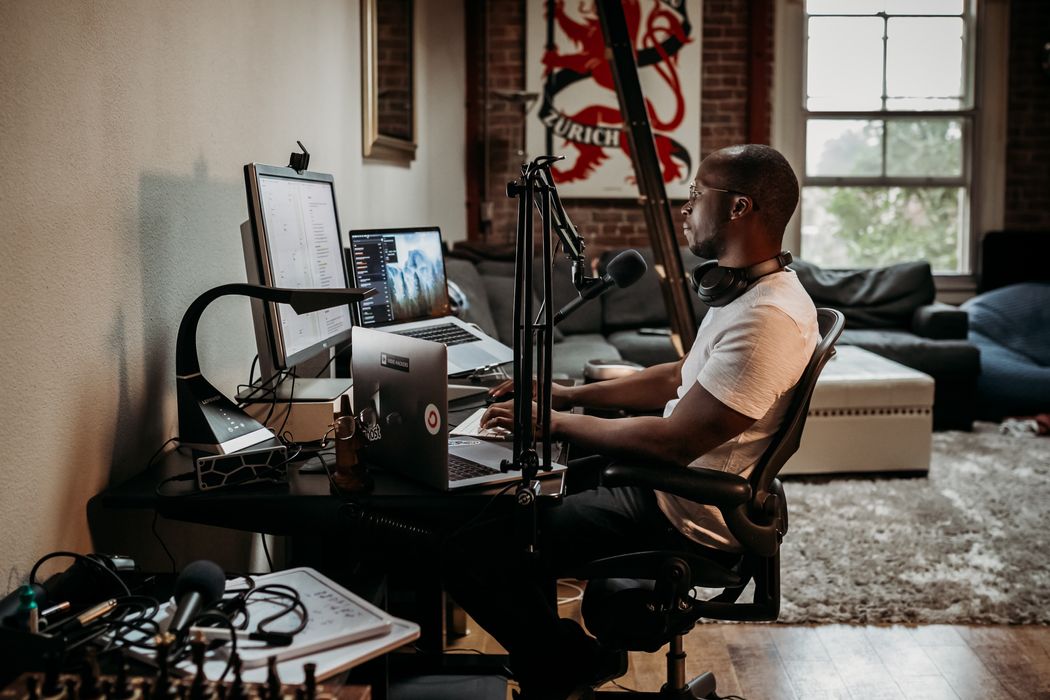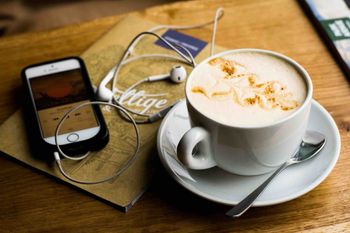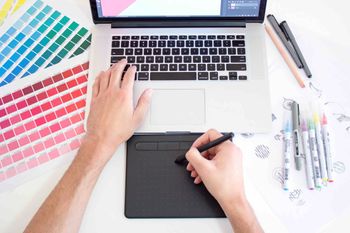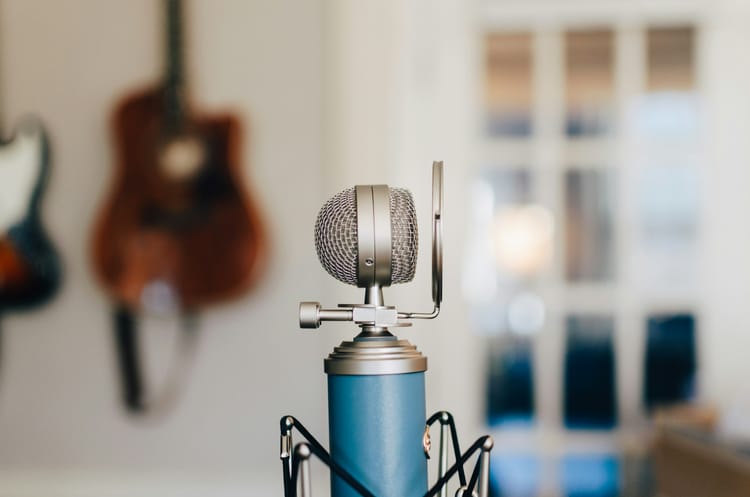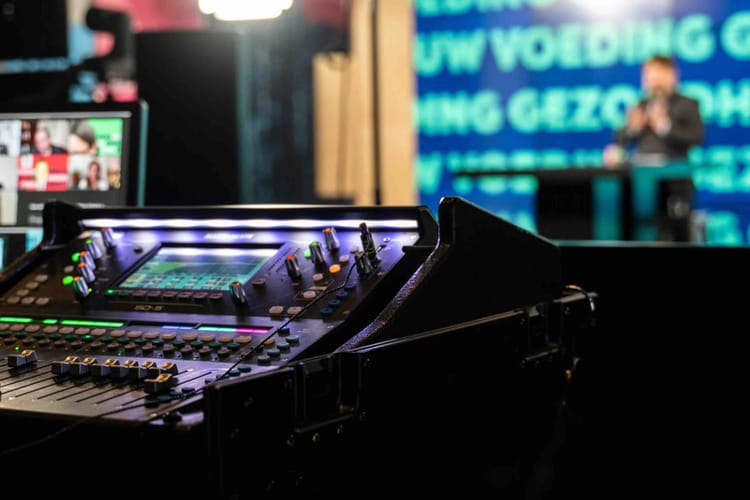Starting a podcast can be a daunting space to navigate. And even if you do have a vague idea of how it all works, the process of researching and investing in the right bits of equipment can prove equally challenging.
Not to worry, though. Because our handy guide below will help you build the ultimate podcast starter kit that’s right for you and your show. So whether you’re having a hard time finding the right tech to suit your budget, or you’re at a total loss with what you actually need, you’ve come to the right place.
We’ll take it from here…

Book Your Next Podcast Guest the Easy Way
With more than 70,000 members, MatchMaker.fm is the largest online community connecting podcasters & guests.
Join MatchMaker todayWhat to Consider When Building Your Podcast Starter Kit
Your show’s requirements will help you determine what type of podcast starter kit you’ll need. So before you start adding bits of equipment to your Amazon cart, have a think about the following:
1. Your Budget
Your budget will absolutely shape your podcast starter kit. What do you actually need? What can you afford to spend? And how much are you willing to invest? Perhaps you’ve got some audio equipment lying about, in which case, experiment with what you’ve got to keep costs low.
2. Your Show's Format
This will help you pin down what equipment you’ll need. If launching a solo podcast, your requirements are fairly minimal and will most likely just include a decent microphone, and a stand. If you’re co-hosting the show, that typically means more microphones (same goes with a roundtable or interview format).
3. Your Recording Environment
If you’re going to record episodes remotely, you may want to spend a little more on the quality of your microphone (we’d recommend the Shure SM7B). On the other hand, if you’re recording on-the-go or you’ve arranged a meeting point with a featured guest, a portable digital recorder is an essential bit of kit. For this, we’d go with the Zoom H8.
What Does a Podcast Starter Kit Include?
Once you’ve nailed down the above points, the next step is to actually invest in the right equipment. You don’t want to go in blindly, though. Doing so could result in a lot of wasted money. Below, we’ve outlined 5 pieces of essential equipment that we’d recommend initially buying.
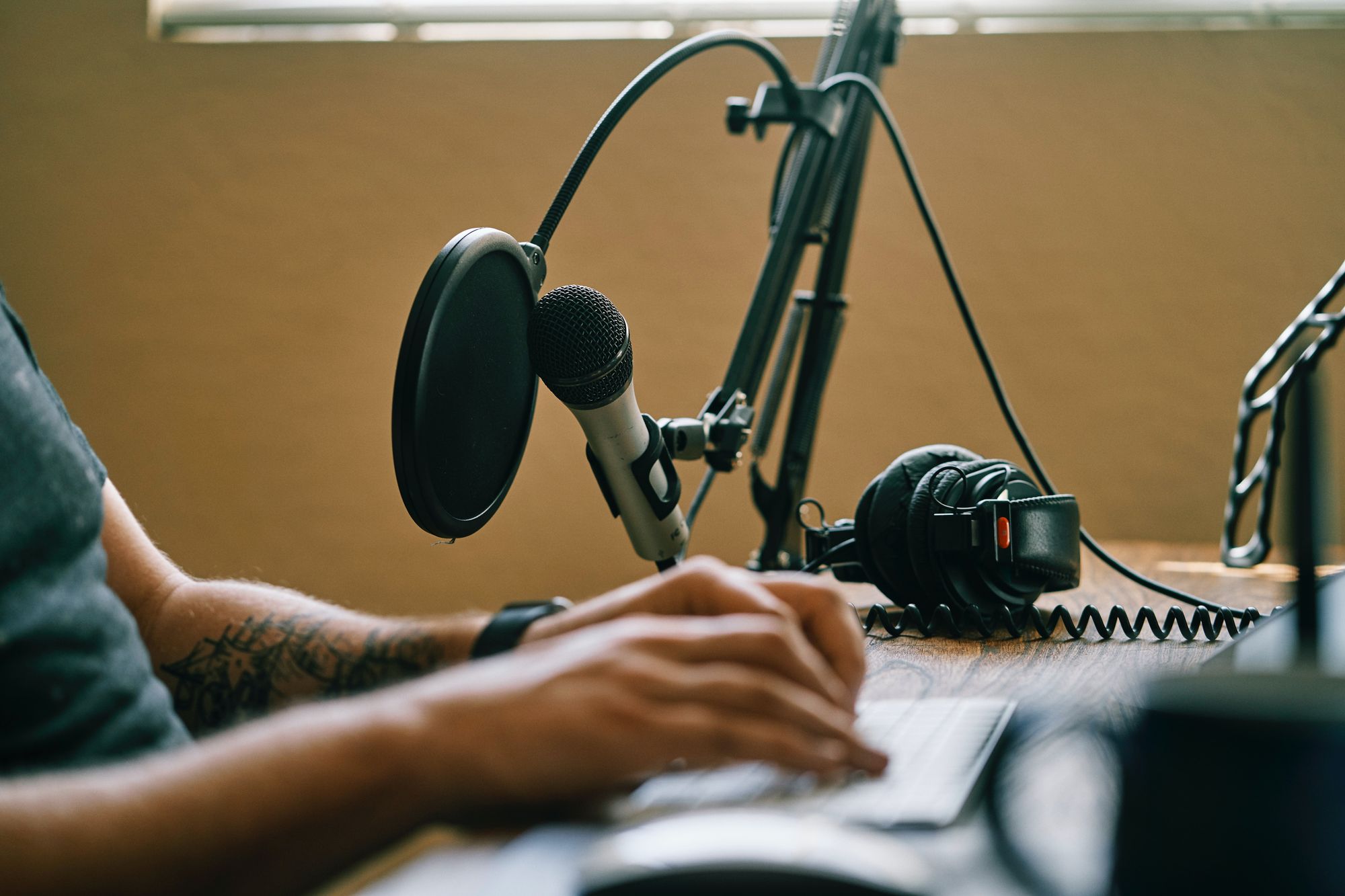
1. A Microphone
We’ll start with the basics. No matter the format of your show, you’re going to need a microphone. And the price you pay for one will predominantly depend on the quality of audio you’re looking for. However, there is another decision to make: USB, or XLR?
The main difference between USB and XLR microphones is their connections. XLR mics have 3 prongs, and must be connected to an audio interface before going into your computer. USB models on the other hand connect directly to your computer, reducing the need for an interface.
If you’re a beginner, you might want to start with a USB microphone. They’re convenient and easy to use, however it’s worth noting the sound quality won't be as good as that with an XLR model. That being said, an XLR microphone will require the additional purchase of an audio interface.
2. Some Headphones
Whether you’re recording new episodes or editing footage, a pair of good headphones should be included on your podcast starter kit. There are plenty of options out there, so it’s worth thinking about which product features are a priority for you. Comfort? Top-notch quality? A closed-back design?
Sound isolation helps to block out most background noises, such as traffic and fans, whilst a flat frequency response is key in avoiding any additional sounds (e.g. increased bass response) during your audio playback.
The final thing to consider is wired or wireless. But this will likely depend on the format of your show. If you’re primarily recording in a studio, corded headphones are the most practical as they don’t require charging. If you tend to move around a lot however, a wireless pair could be the answer.
3. A Laptop or Computer
If you don’t already have either a laptop or computer, be prepared to spend a fair chunk of your budget on one.
Similarly, if you do have one but it’s seen better days, it’s unlikely going to be able to handle large WAV audio files and certain software programmes. Check it has enough storage space and processing power to do the job, and that it can of course run editing software.
4. Recording & Editing Software
Another important item for your podcast starter kit is recording and editing software. There are a multitude of options available, with price points suitable for all budgets. Audacity (compatible with Windows and Mac) and GarageBand (compatible with Mac only) are free-to-use, but keep in mind they cater for a more general purpose, and weren’t specifically designed for podcast editing.
If you’re not a talented editor, going down the paid route will ensure a less time-consuming process. We’d recommend using Alitu, as it lets you simply drag and drop your recorded audio files into the right slots with ease.
5. An Audio Interface
An audio interface is only a necessary purchase if you’re planning on using an XLR microphone. It’s a hardware device that manages all inputs, outputs, and sound processing of your audio equipment. Basically, it improves your computer’s audio capabilities.
A Few Optional Extras
If your budget allows for some additional bits of equipment, you may want to shop for some of these handy items that give a little boost to sound quality.
1. Mic Stand/Boom Arm
The difference between these is simple. A mic stand sits on the floor, while a boom arm is an attachment for your desk. Both help with positioning your mic, allowing you to find the most comfortable position to record without compromising audio quality.
2. Pop Filter
Not only do these help to eliminate the hard plosive sounds (e.g “p’s” and “b’s”) when spoken into a mic, but they also create a smoother and softer overall sound.
3. Reflection Filter
This allows you to eliminate echo and reverb without having to rejig your room setup. It’s placed behind your mic and cleverly absorbs any stray audio waves. It’s worth noting, however, that reflection filters tend to be quite large and cumbersome, meaning they’ll block your face from view. Not suitable for video podcasts.
Our Podcast Starter Kit Recommendations (Budget & Pro)
Picking out the right pieces of individual equipment takes a lot of research and careful consideration. So to help you out, we asked one of our talented in-house podcast producers to piece together 2 podcast starter kits, catering to both lower and higher-end budgets.
Podcast Starter Kit #1: For Podcasters on a Budget

Mic: Fifa, Blue Yeti or Blue Snowball
Headphones: Sony MDR-ZX110, Edifier H840 or Apple Airpods
Editing Software: Audacity or GarageBand
Podcast Starter Kit #2: For Professional Podcasters
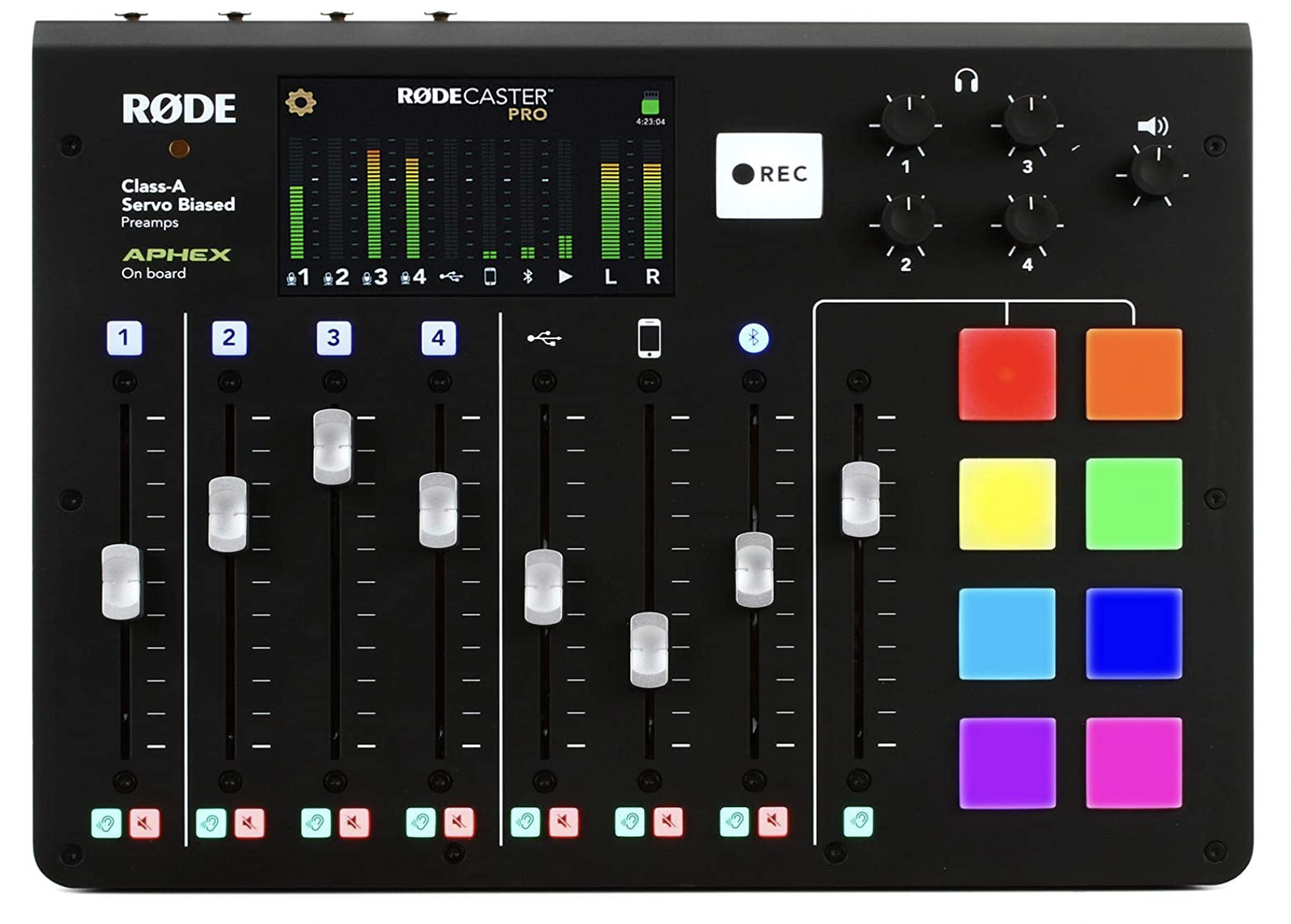
Mic: Shure SM7B, Aston Spirit, Logitech Blue Sona, Rode PodMic
Audio Interface: Focusrite Scarlett 2i2, Focusrite iTrack Solo, Audient ID40, Rodecaster Pro
Headphones: RODE NTH100, Beyerdynamic DT770
Editing Software: Adobe Audition, Logic Pro, RX10
Ready to Get Started?
Hopefully by now you’ve got a much clearer idea of what should be included in your podcast starter kit. There’s only so much research you can do in regards to individual pieces of equipment, though. And one of the best ways to learn about tech is to experiment, get stuck in, and see where your creativity takes you. Happy podcasting!

The #1 Podcasting Community
With more than 70,000 members, MatchMaker.fm is the largest online community connecting podcasters & guests.
Join MatchMaker today